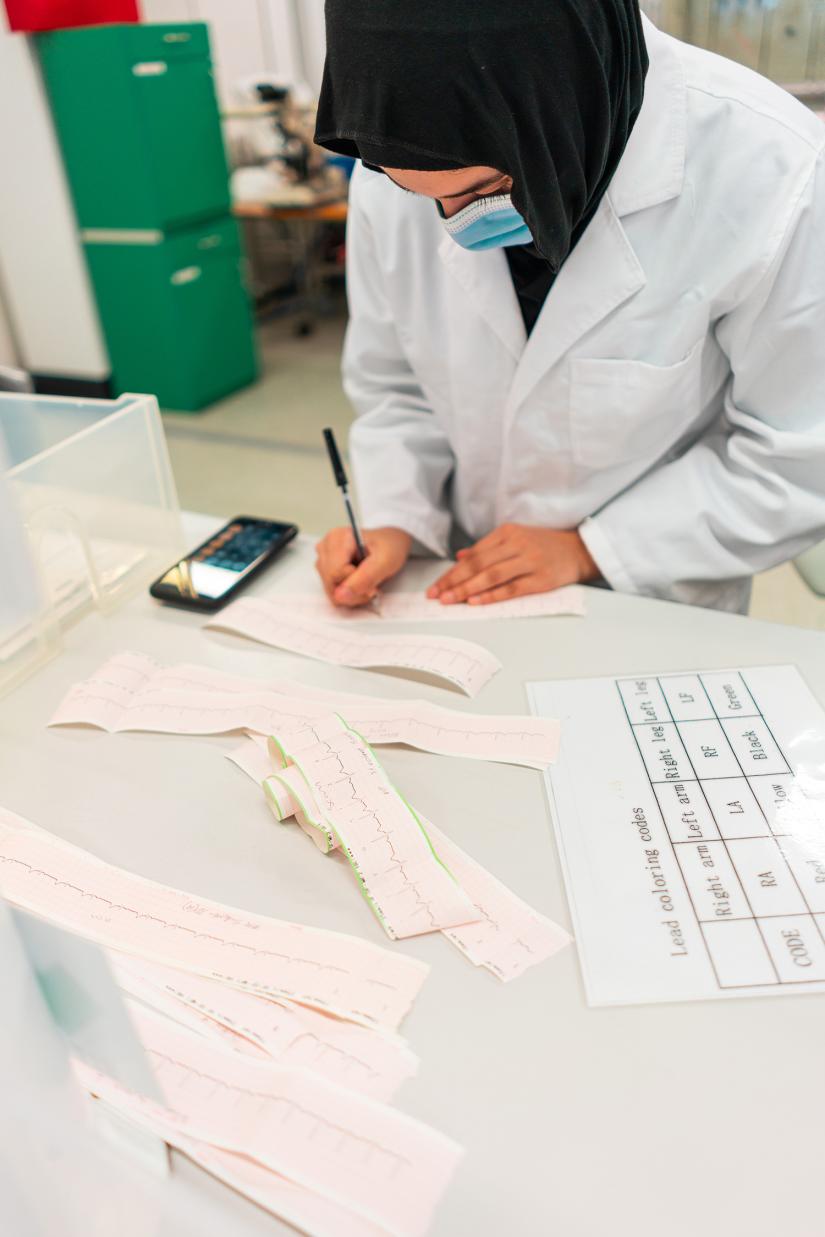On Monday, newly elected NSW Premier Chris Minns announced a ban on mobile phones in all NSW Government high schools. Under the new policy, phones will be banned during class time and breaks, from Term 4.
In a media release, NSW Deputy Premier and Minister for Education and Early Learning, Prue Car, explained the justification for the ban, stating that “a blanket ban in high schools will create a level playing field, reduce distractions in classrooms, help address cyberbullying issues and improve student learning outcomes.”
The issue of mobile phones in the classroom is hotly contested. Critics of the ban argue that high school aged students can self-regulate mobile phone use and responsibly use phones as a tool for learning, and that “strict regulations for device use should be thoroughly reconsidered” as mobile-free days do not necessarily lead to greater student engagement.
Conversely, supporters view the ban as a welcome measure to improve student learning outcomes, minimise distraction during class time, maximise social interactions between students during break times, and alleviate pressure on school staff to keep students off their phones and engaged in class. Many schools already have comprehensive no-phone policies in place.
Much of the commentary in support of existing bans and the current proposal is prefaced on the assumption that students are already engaging daily with technology in the classroom. This is understandable, given the prevalence of the “1 device: 1 student approach” in high socioeconomic schools. In this context, with unincumbered access to iPads, smartboards and laptops for structured learning, mobile phone use is, perhaps understandably, seen to pose a risk of distraction for students.

However, to assume that all schools have equal access to reliable technology is to ignore the realities of the digital divide. There is a strong correlation between socio-economic disadvantage and digital exclusion; in other words, the digital divide disproportionately impacts individuals and families from low-income and under-resourced communities.
Reliance on student owned mobile phones is common practice in schools with limited access to reliable, department supplied technology. The comprehensive Review into the non-educational use of mobile devices in NSW schools acknowledged that, “in these instances, mobile devices became the default tool for internet searches and other web-based learning activities. This underscores the fact that, as much as mobile devices are tools used by students for personal purposes, they are also tools that can facilitate learning.”
In instances where students’ mobile phones are the only technology readily available in the classroom, there is a risk that a blanket ban will further exacerbate the impact of the digital divide, which is a lived experience of many students and teachers in public schools across NSW.
Regan Gauci, Student Equity Content Lead with the UTS Centre for Social Justice & Inclusion, reflects on her time working as a teacher in an Intensive English Centre at a high school in south-western Sydney.
“Often my best lessons involved the use of mobile phones for short but engaging activities using Quizlet or Kahoot. It just wasn’t feasible to book the faculty laptops, of which there were only twenty that had to be shared across ten classes, for a structured 10–15-minute learning activity.”
Inequitable access to technology has further contributed to vast discrepancies in digital literacy levels between young people – which research reveals is impacted by differences in financial, social and cultural capital. Consequently, despite being so-called ‘digital natives,’ students in low socioeconomic contexts may not have yet developed the skills needed to utilise technology (including mobile phones) in deep and critical ways to enhance, rather than distract from, their learning.
In this context, the Department of Education should be seeking to maximise opportunities for students to develop their digital literacy skills and critically, alongside this skills development, learn to exercise judgement and the restraint required to remain on task when a mobile device is within reach.
In lieu of the proposed blanket ban in its current form, a flexible, context-specific approach is required.
One option is to implement a mobile phone policy consistent with a Positive Behaviour for Learning approach aimed at reducing negative or anti-social mobile phone use by rewarding students for responsible phone use, and for demonstrating their ability to stay focused and on task during times when phones are used to engage in learning activities.
Regan is joining other voices, including the Federation of Parents and Citizens Associations of NSW, calling for a nuanced approach to the implementation of the policy with clear exceptions for phone use for educational purposes
“Teachers know their students best, and should be able to decide if, when, or how mobile phones are used in class. Based on my experience, so long as a school has a comprehensive policy for phone use, and students are aware of the consequences of breaching the policy, then teachers should be trusted to enforce the policy in a way that suits the needs of their class,” Regan said.
In its current form, the proposed blanket ban on mobile phones risks ignoring existing structural inequities and the resulting impact on digital literacy. The Department of Education has committed to consultation with schools, to decide on methods to implement the ban. It is critical that diverse school communities are included in this consultation, to ensure that existing structural disadvantage is not further entrenched, under the all-too-familiar rhetoric of ‘levelling the playing field.’

